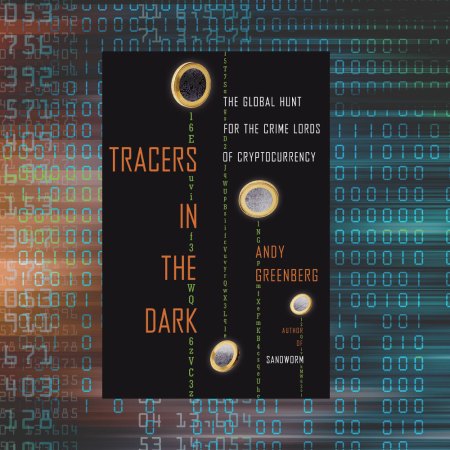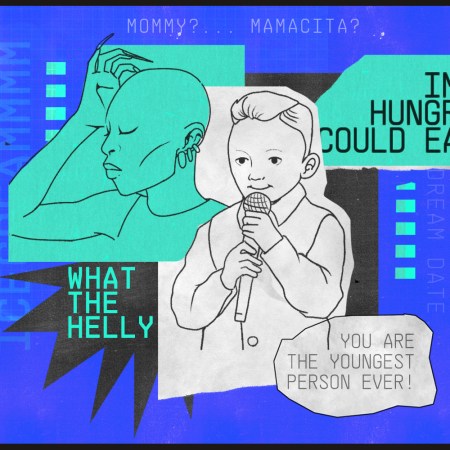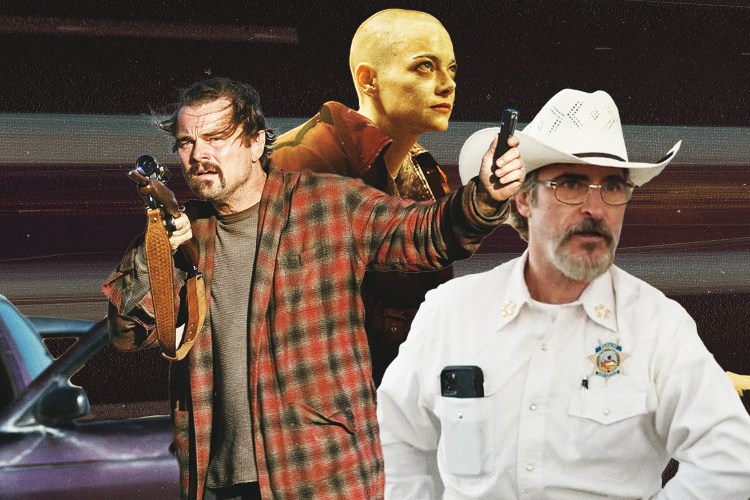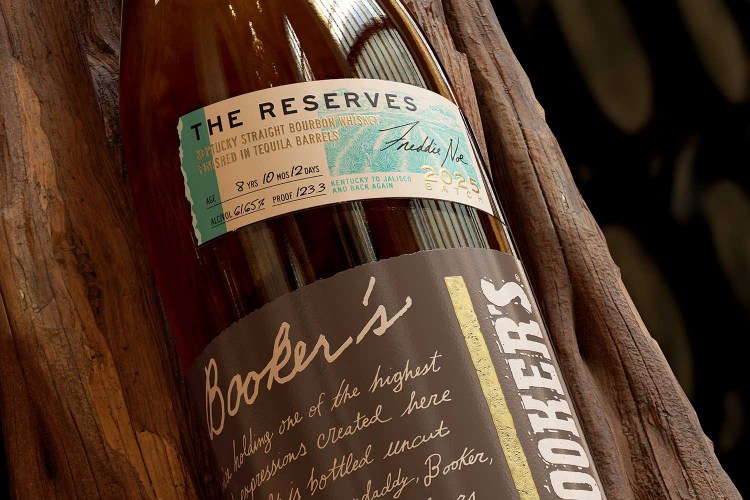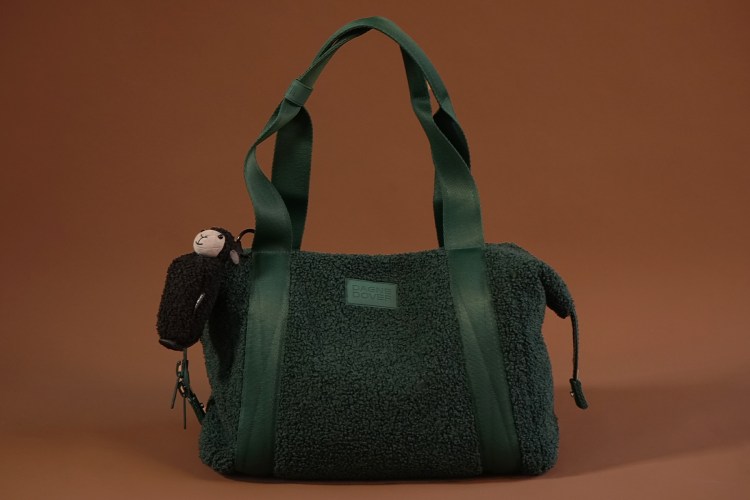Time has a funny way of making us question our own history. Even the not-too-distant past can sometimes feel like a fever dream. When examined from a certain angle, most — if not all — of the 1990s qualifies for that description.
In his new book 1999: The Year Low Culture Conquered America and Kickstarted Our Bizarre Times, out on Tuesday, Ross Benes (who cites the era’s “zaniness and tumultuousness”) explores one fateful year and its impact on everything from network television to consumerist mania. The specific touchstones range from Jerry Springer to Grand Theft Auto, with Benes drawing a direct line from these cultural sensations to our modern era, but one object stands out among the eccentric bunch.
“Few products embodied this strange era as well as Beanie Babies,” Benes told InsideHook. “There is something amusing, but alarming, that drives divorcing couples to require court assistance to divvy up their stuffed animal collection and toy store owners to protect their merchandise [more than] their cash registers.”
In the excerpt below, Benes chronicles the ways this innocuous toy brand led otherwise rational people to make ludicrous and damaging life choices.
Thursday, June 3, 1999, was a weird day for commuting Atlantans. Coca-Cola and Delta Air Lines workers returning to their suburban Atlanta homes after a day at the office were in for a surprise. A truck carrying mini Beanie Babies spilled merchandise across five lanes of Interstate 285 during rush hour. Because the Beanies were so momentarily valuable, motorists risked their lives to nab them off the interstate.
With people putting themselves in harm’s way just to obtain a few stuffed animals, a craze had clearly broken out. During the late 1990s, this craze attracted a crime element.
Counterfeit Beanie Babies became so common that a white-collar crime expert wrote a law review journal article about whether Congress should pass a statute against Beanie Baby fraud. Thousands of fake Beanies were caught by US Customs officials working at international airports, but many still entered the country. Beanie Baby authentication services sprung up in response, charging up to $25 per authentication — more than four times the price of Beanies’ original retail value. In 1997 a woman in Pensacola, Florida, claimed to be selling retired Beanie polar bears and scammed collectors out of $12,000 before she was caught.
A nurse was fired and prosecuted for stealing an in-demand Beanie Baby from a twelve-year-old girl recovering from open-heart surgery. Post offices and UPS stores removed Ty labels from Beanie boxes following an altercation where a postal worker was assaulted by someone attempting to steal Beanie packages. After a bag full of Beanies became worth thousands of dollars, a masked man robbed a Los Angeles gift shop at gunpoint, ignored the cash register, and fled with three dozen Beanies. That same year, Beanie Babies were stolen in New Hampshire and traded for heroin. Other high-profile Beanie robberies took place near Chicago and Columbus, Ohio. One Beanie thief got their sentence cut in half after convincing a judge that their desire to accumulate Beanie Babies was an addiction requiring treatment. In October 1999, a West Virginia lumberyard worker shot and killed his coworker over a dispute about Beanie Babies. “I cannot go into prison as the Beanie Baby Killer,” the killer told his mother. “I’m gonna have to kill someone else just to get my credibility back.” To prevent crime, a newspaper columnist suggested that Beanie Babies should be banned. She endorsed the tautology, “If Beanie Babies are outlawed only outlaws will have Beanie Babies.”
One Insider’s Look at an Infamous Art World Fraud Case
Orlando Whitfield on “All That Glitters” and revisiting Inigo PhilbrickThe following year, a man in rural Iowa burned his wife’s Beanie collection after she told him their relationship was over. The fire significantly damaged their house in the process, and the couple divorced. “She had Beanie Babies everywhere and I was sick of them sons of bitches,” the man said during a deposition. “I had a big brush pile that I was going to burn outside and I had decided I was going to get all her Beanie Babies and take them out and barbecue the sons of bitches and went to get the charcoal lighter. . . . It flared up a lot faster than I thought it was going to.” Because the insurer failed to pay the wife’s claim, the case went to the Iowa Supreme Court, which sided with the wife. In a footnote of the case decision, the presiding justice stated that “150 Beanie Babies and Buddies perished in the fire.” Years later, one Beanie collector lamented, “There was no evidence they would ever be worth anything. We just believed it.”
Beanie lunacy was best satirized by the children’s book The Berenstain Bears’ Mad, Mad, Mad Toy Craze, published in March 1999. In the book, Brother and Sister Bear beg their parents for money so that they can accumulate more Beary Bubbies. After the store runs out of certain Bubbies, Brother and Sister pay significant premiums to purchase them from their cousins. Papa Bear realizes there is money to be made reselling Bubbies, so they head to Toys Iz Us to find Beary Bubby buyers being hauled away by the police after toy sales prompt fights. On their way home, the kids get Beary Bubbies that come with their Krazy Meals from the Burger Bear. Once the kids return home, they realize there isn’t much they can do with their new toys and that no matter how many they accumulate, they’d always know someone who had more Bubbies than them. Within a page, they become bored with the products they were just raving about. “All you could do was look at them — except they had a way of looking back at you and making you think about all the money you had spent on them,” reads the text above an illustration of the Bear family looking disgruntled on their couch, surrounded by all the Bubbies they purchased.
Parts of this essay have been adapted from the book 1999: The Year Low Culture Conquered America and Kickstarted Our Bizarre Times, courtesy of University Press of Kansas.
This article appeared in an InsideHook newsletter. Sign up for free to get more on travel, wellness, style, drinking, and culture.


